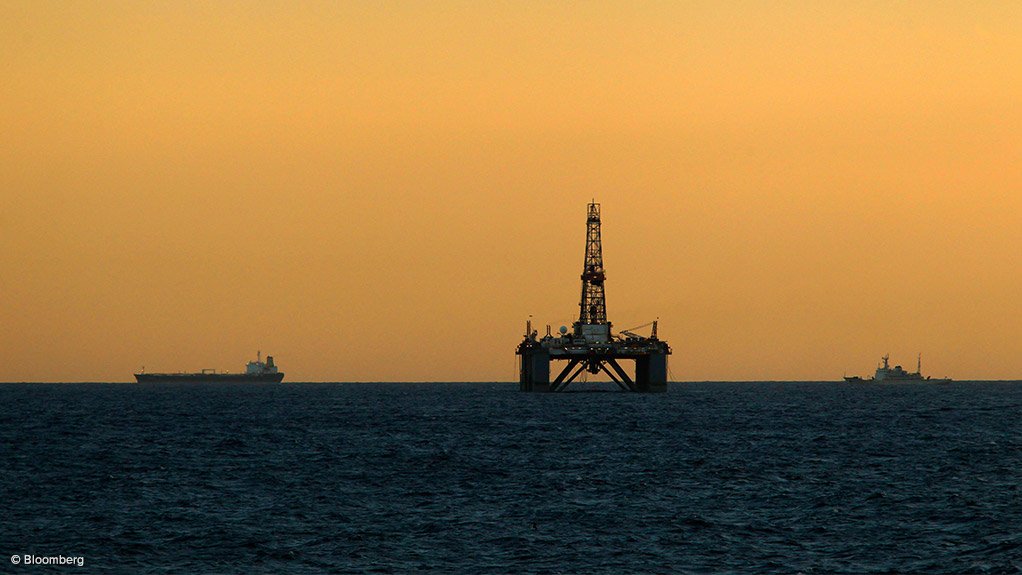/ MEDIA STATEMENT / The content on this page is not written by Polity.org.za, but is supplied by third parties. This content does not constitute news reporting by Polity.org.za.
Following the vegetable oil spill from the burned-out Africa Sun Oil Refineries factory over the weekend, in Durban, the Department of Environmental Affairs (DEA) has issued the directors of the company with a Directive in terms of Section 30(6) of the National Environment Management Act. The Directive is for follow to adhere to the provisions of the Act and also directs the company/responsible persons to undertake measures within a specific time to fulfill their obligations in terms of the Act.
The Directive states, inter alia, that:
The responsible person is required to take the following measures:
a) Provide DEA with a Section 30 (3) alert report with specific reference to:
· the nature of the incident; in particular the root cause of the incident, an immediate estimate of how much oil was spilled and an immediate estimate of how much oil has been recovered so far;
· any risks posed by the incident to public health, safety and property;
· the toxicity of substances or by-products released by the incident; and
· any steps that should be taken in order to avoid or minimise the effects of the incident on public health and the environment…
b) Take full responsibility for the containment, mitigation and management of the current emergency incident, and put maximum effort in ensuring that the following areas are protected; the Sandbanks, in particular the Central Sandbank, the Mangroves, the Natural Heritage Site.
c) Ensure that the placement of booms is applied in a staggered approach in order to control the seepage of oil under the booms that are currently in place. Including the placement an extra boom in the bay in order to protect and ensure that the current leaked oil does not reach the mangroves, the sandbanks and the natural heritage site.
d) Escalation of the speed of the skimming process and ensuring that adequate tankers are on site to assist in the timeous collection and transportation of skimmed oil off-site. Also bearing in mind that, the current neap tide phase is changing to a spring tide phase with increase water flow velocities, as well as forecasts for increased winds and swells through the long weekend; all of which indicates the need to bring forth the maximum available resources without delay to minimize risks.
e) Undertaking of the following Immediate Monitoring Measures in order to mitigate and manage the incident:
· Identification of multi points at which to monitor water quality in order to measure the following parameters; a) Hydrocarbons, b) Toxicity, c) PH levels, d) Oil and grease and e) The Total Suspended Solids.
· Immediate testing of oxygen and temperature levels at the channels next to the sandbanks and next to the mangroves at the following levels: a) Half-a-meter above the bottom, b) In mid-water and c) Half-a-meter below the surface;
· Immediate tesing of the sediment quality at three (3) sites on the central sandbanks and at three (3) sites on the mangroves. The above sampling should be followed up every second day afterwards and should be aligned with Transnet’s sediment quality testing protocol.
Issued by the DEA
EMAIL THIS ARTICLE SAVE THIS ARTICLE
To subscribe email subscriptions@creamermedia.co.za or click here
To advertise email advertising@creamermedia.co.za or click here











